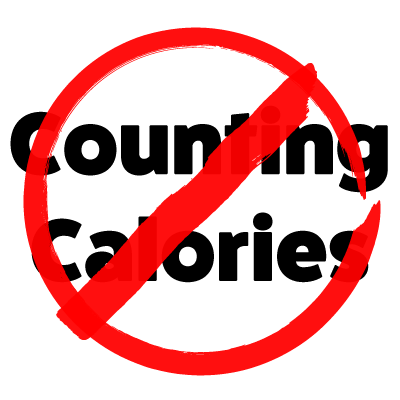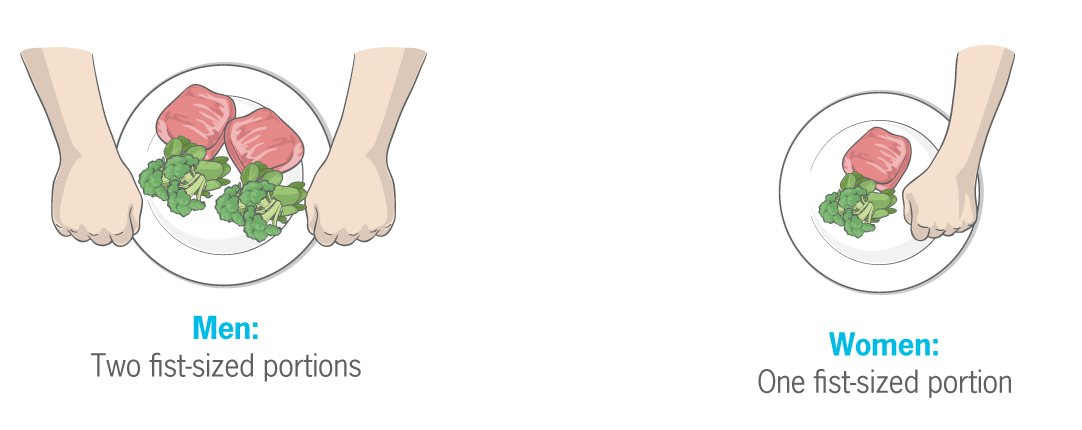Take Control
Build Confidence
Get Results!
Expert coaching from Ingo gives you expert results!
Lesson Two
Today We Want You To:
- Understand how we measure portions
- Practice Measuring Portions
- Plan your first meal
Stop the Calorie Counting Madness

Most of you have probably counted your calories to lose weight. I’m sure most of you have also tried to count carbs. Maybe some of you have attempted to count fat. Have you ever weighed your food to get the right serving size? You probably have!
Let me ask you this: How did that work for you?
Sure, it probably worked for a little while, but after awhile it gets old. You can only weigh so much food or read the fine print on the nutrition labels. All of this work bogs you down and can hinder getting you the results you want. On top of that, what happens when you eat at a restaurant or at a friend’s house?
Did you know that when you count calories you could be off by a whooping 25%! That’s a big margin of error. Here’s why:
– Food Labels are based on estimates by data collected by the USDA. There’s just too many food types to test in an expensive lab, so many calorie counts are estimates.
– We don’t absorb all the calories we eat. Lots of foods have non-digestive fiber that isn’t absorbed into the body.
– How you cook your food can change the calorie count by either adding or subtracting calories.
– People are terrible at judging portions. Case in point: Peanut Butter. A serving of peanut butter is a tablespoon. How often do you just use a tablespoon of peanut butter?
If you’re on a 2000 calorie diet, that means that you could be off by 500 calories everyday! That’s a pretty big error!
How we track our portions
There’s a better way and you already have access to it! Your hands. I know you think that this might be a little silly, but hear us out. It turns out that using your hands for measuring portion sizes is actually really accurate. The cool part is that they are scaled to your size. Big people have bigger hands, thus bigger portions. Small people have smaller hands, thus smaller portions.
Protein
Proteins are measured by the palm of your hand.

Vegetables
Vegetables are measured by the size of your fist.

Carbohydrates
Carbohydrates are measured by how much could fit in a cupped hand.

Fats
Fats are measured by the size of your thumb.

Is this system perfect?
Of course not, but neither is counting every single gram of carbohydrates you eat. There’s going to be some margin of error. When it comes to losing weight, it’s important to set yourself up for success, and this means choosing systems and methods that are easy. Using your hands is just that!
A note from coach Ingo
Counting calories or macronutrients can only add to the confusion of trying to eat healthily. It might work for a few days, but it’s so hard to maintain. Most of our successful clients don’t count their calories.
Why?
They’ve found the easiest way to maintain their lifestyle without being overly concerned about all of the details. Using your hand as a portion control guide is a perfect example of taking control without being overwhelmed by the details.
Today’s Assignment
- Create a meal from meal planner
- Practice measuring portions using our method
What’s coming up?
Watch your email for the link to your next lessons.
Don’t want to wait until tomorrow for your next lesson?
Go there now: Lesson Three – Meal Prep
